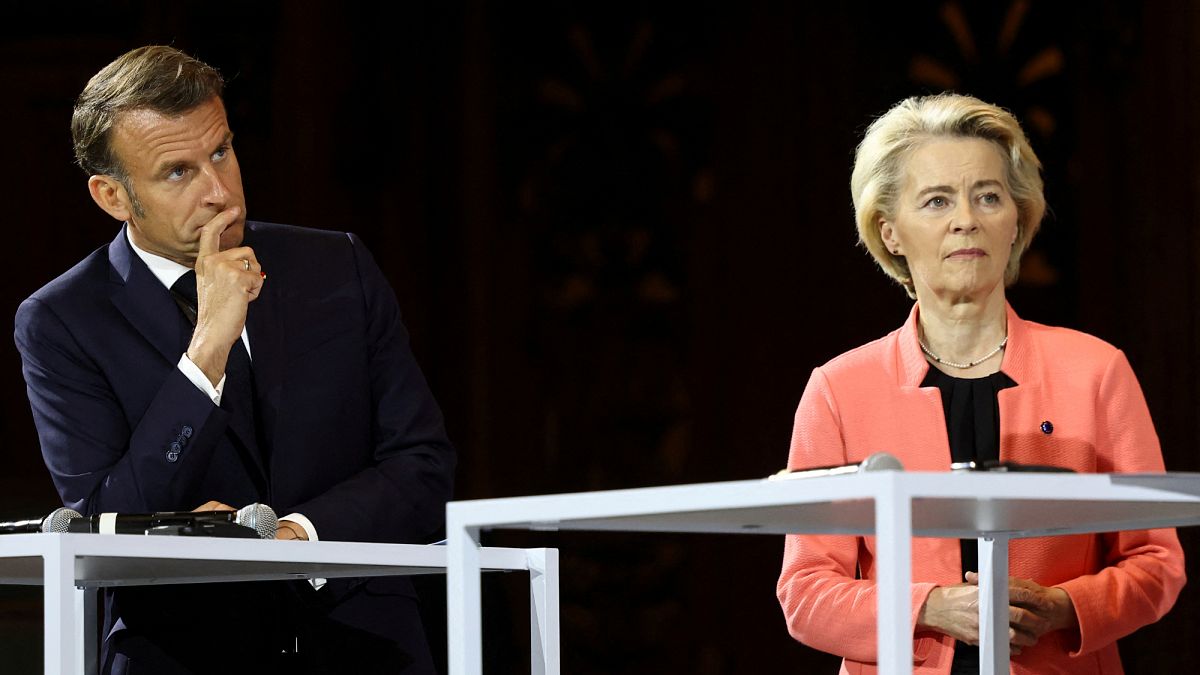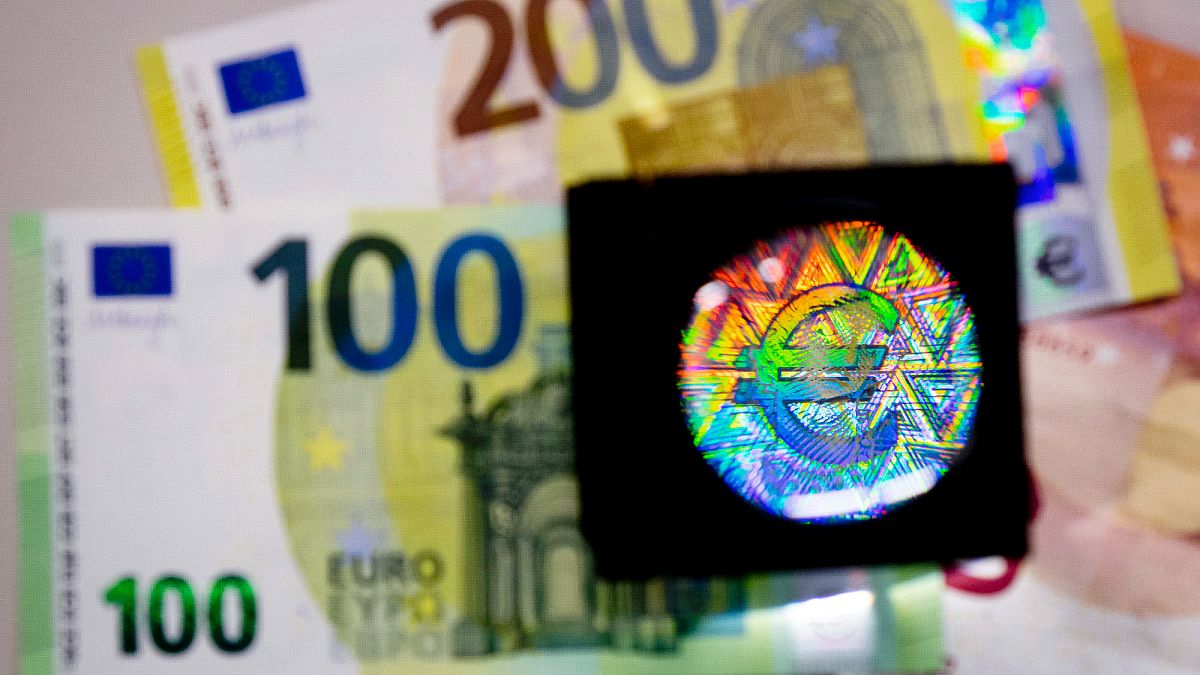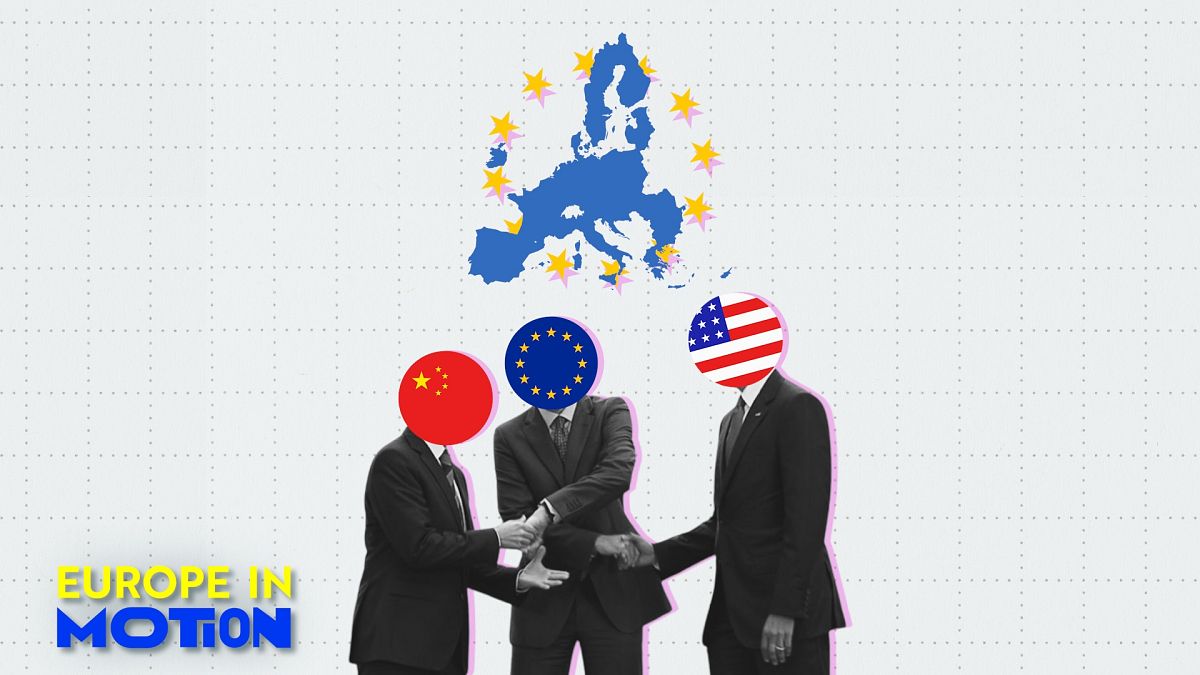Since United States President Donald Trump’s inauguration, he has announced more than 50 new or revised tariffs, including pauses, backdowns, escalations and de-escalations.
As the state of US-China trade relations remains uncertain, many US firms are considering alternative sources of supply.
Without a shift to different sources, prices may rise, and US companies and consumers might need to reduce or replace one product with another, virtually similar one.
In this scenario, Europe could play a key role, both as an exporter and an importer.
“Europe faces an increasingly difficult challenge: how to transition from being a recipient of decisions made by China and the US to actively shaping its own future,” stated Francesca Ghiretti, director of the RAND Europe China Initiative, in a commentary piece.
On average, Europe already supplies 55% of the available global export market for products which the US imports from China.
According to nine varied simulations conducted by the global management consulting firm McKinsey & Company, the European Union, along with Norway, Switzerland, and the UK, could potentially replace about 30% to 65% of US imports from China with its exports, even in the face of high US tariffs on European goods.
In each simulation, it is assumed that the value of US imports from China for each product falls to zero, and that instead, the US sources each product from other exporters.
Products trade
Europe’s role in this scenario is most pronounced when it comes to electronics, other manufacturing, and textiles. The US has $191 billion, $52 billion, and $45 billion within each of these industries to rearrange, respectively.
These are the same sectors for which the US currently imports mainly from China.
In electronics, especially, Europe could be the primary substitute supplier in the US market.
Another example is toys. Europe could supply the US market with Czech and German toys, replacing those made in China. This could see European consumers increasingly buy Chinese-made toys.
As Europe has increased its exports to the US, it has also become a significant destination for Chinese exports, absorbing up to 55% of China’s current shipments to the US.
This shift could lead to deeper trade interdependence between Europe and China, as well as geopolitical tensions.
“The next months and years will challenge whether Europe can stay the course, or it will lose itself trying to respond to ongoing challenges,” said Francesca Ghiretti.












